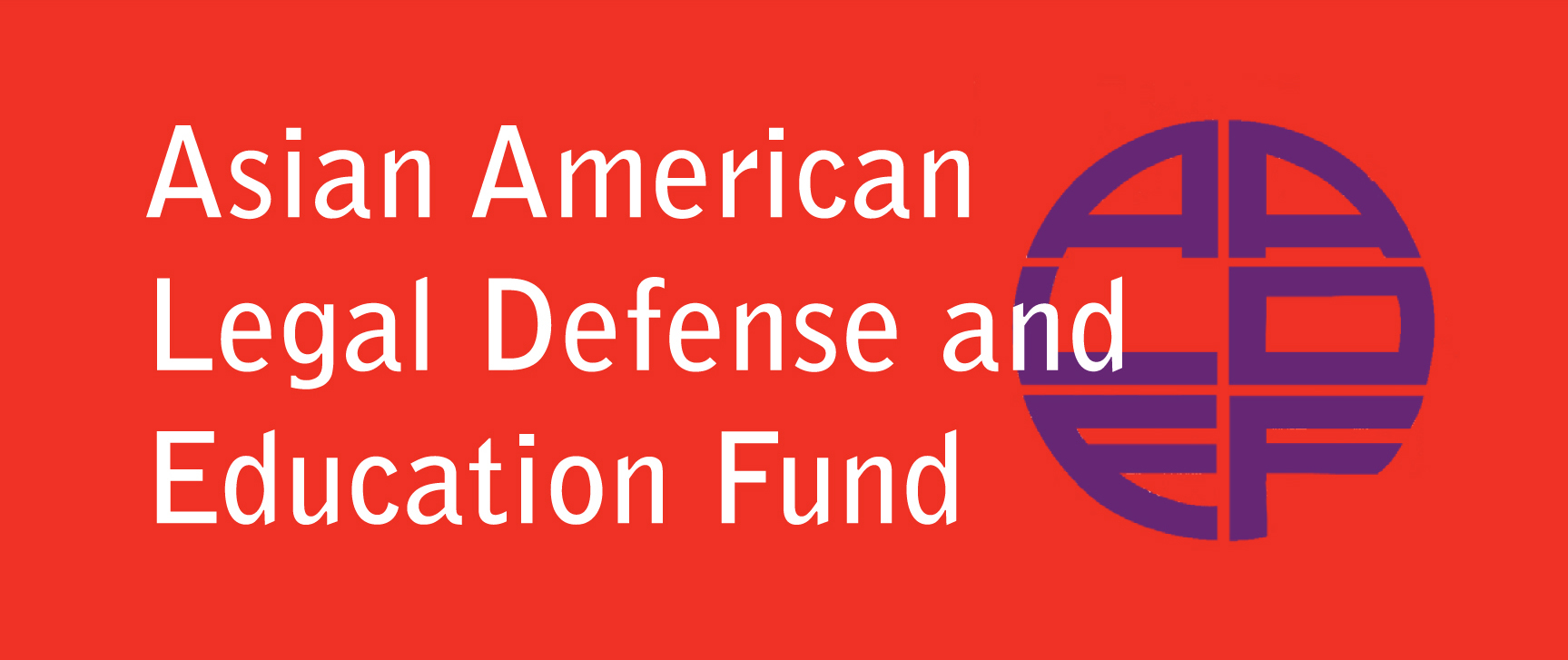Press Release
Chinatown Community Sues NYPD to Force Removal of Police Barricades at Park Row
New York, NY—The Asian American Legal Defense and Education Fund (AALDEF) today announced the filing of a new lawsuit under state environmental laws to challenge the barricades around New York City Police Headquarters. These barricades, put in place almost three years ago after September 11, 2001, have closed off many streets in Chinatown, causing traffic problems throughout the area. This traffic congestion has disrupted the lives of neighborhood residents and deterred visitors, both families and tourists, from coming to Chinatown. The NYPD headquarters is the only government building in New York City that remains completely walled off by closed streets.
The lawsuit, Chatham Towers, Inc. et al. v. Bloomberg, was brought by Chinatown residents who live within and also outside the barricaded area, small business owners, and the federal, state and city elected officials representing Chinatown: Congress-woman Nydia Velazquez, State Assembly Speaker Sheldon Silver, State Senator Martin Connor and City Councilmember Alan Gerson.
Last summer, the New York State Supreme Court ordered the NYPD to conduct an environmental assessment of the impacts of the barricades. The new lawsuit challenges the adequacy of this NYPD assessment and calls for the preparation of an environmental impact statement. A hearing has been scheduled on Friday, June 18 at 9:30 a.m. before Justice Walter B. Tolub in the New York State Supreme Court.
The lawsuit asserts that the NYPD violated environmental laws because it did not take a “hard look” at various impacts of its actions, including major negative impacts on traffic, health care and the socioeconomic character of the community.
Emergency Health Care: The NYPD said it studied the impact on access to emergency care at NYU Downtown Hospital, just south of the closed off area, but it never consulted with the doctor in charge of the Emergency Department and Emergency Medical Services. That doctor would have told the NYPD that the barriers may cause life-threatening delays;
Socioeconomic Impacts: The NYPD claimed that it reviewed socioeconomic impacts, but it failed to consider the impacts on Chinatown, whose economy has been especially hard hit since September 11. Numerous factories and small businesses have closed, particularly those on Mott Street near the traffic jams at Chatham Square (where Park Row, Worth Street, Mott Street and the Bowery converge);
Increased Traffic: The barriers close off a Brooklyn Bridge exit ramp that feeds into Park Row, which during peak times was used by 500 to 700 vehicles an hour. There is no accounting for the hundreds of vehicles that have now been diverted onto other roads;
Travel Delays: Traffic congestion was “studied” by looking only at a few intersections, ignoring delays over the length of the streets that carry the traffic diverted from Park Row. Streets like St. James Place now have 30 more buses an hour, many of them double articulated buses;
Parking: The EAS concluded that there was no negative impact on parking only by ignoring the loss of a 400-car municipal garage, locked within the security zone, and turning a blind eye to the routine parking by police officers on the narrow streets of Chinatown;
Pedestrians: No impact on pedestrians was found, on the false assumption that pedestrians did not leave the secured area and cross the congested streets.
The Chinatown community has asked the Court to lift the police barriers and let traffic proceed unimpeded through the area until a full and proper environmental assessment has been conducted.
AALDEF Executive Director Margaret Fung said: Chinatown was devastated in the aftermath of 9/11. While other neighborhoods in Lower Manhattan are rebuilding, Chinatown is still closed off and its economy continues to decline. This lawsuit to open the barricades is critical to the survival of Chinatown as a vital neighborhood where people live and work.
Ken Kimerling, AALDEF Legal Director and counsel for petitioners, said: The NYPD purposely closed its eyes and ears to the real problems caused by their street barriers and street closings. It has totally ignored the impacts on Chinatown and the surrounding communities. The NYPD took a no-look approach rather than the hard look required by law.
Aldo Baldini of Dewey Ballantine LLP is pro bono co-counsel in this case. Supporting affidavits in the suit were filed by Brian Ketcham Engineering, PC, which analyzed traffic impacts; Dr. David Goldschmitt, Director of the Emergency Department and Emergency Medical Services of NYU Downtown Hospital; Chinatown residents Danny Chen and Jeanie Chin; Southbridge Towers resident John Ost, and Chinatown business owner Jan F. Lee.
